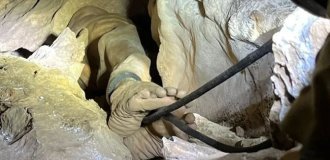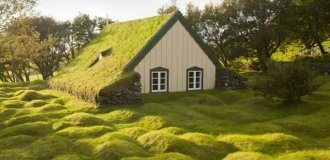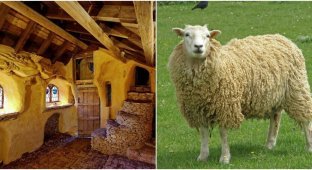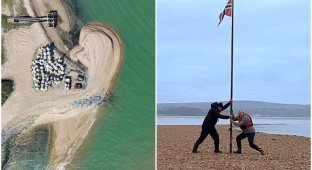Camber Castle – an unusual legacy of the English king (8 photos + 1 video)
Henry VIII's forgotten castle was built by the gunpowder-obsessed king to be defended solely by cannon. 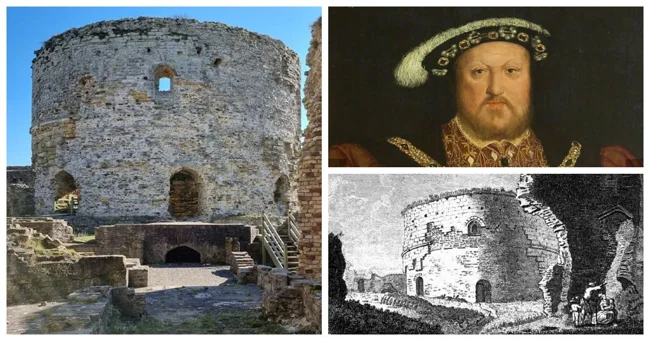
Guarding the port of Rye, Camber Castle is an artillery fort built by King Henry VIII after he decided to break away from the Roman Catholic Church and rightly feared foreign invasion. 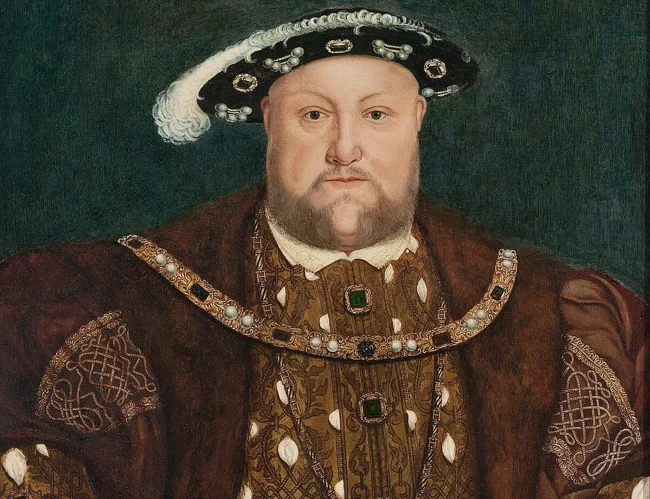
Henry VIII
The name Camber, derived from the French word for "bedroom", means "safe haven". It was chosen because, in theory, the English fleet could safely anchor behind the castle. However, the ships never found refuge behind the once impressive structure. 
The Round Tower was built in 1512-1514 and extended in 1539-1544 when Camber was extended as part of a chain of coastal fortifications designed to protect the English coast from foreign invasion. 
Camber Castle, formerly known as Winchelsea Castle, located between the towns of Rye and Winchelsea, is unusual in that its first phase of construction predated Henry VIII's later plan to create a chain of fortresses to protect the English coast. However, the original keep had some features that were introduced in the 1540s after the break with Rome, notably a rounded shape that was intended to deflect cannonballs. 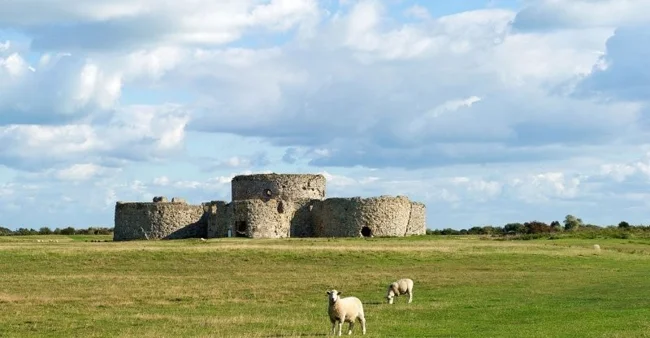
The tower is 18 meters high and originally had three residential levels. In 1539, the defenses were strengthened by the construction of a curtain wall with small gun platforms, forming an octagonal courtyard around the castle. In 1542, the outer defenses of the castle were completely changed: four large semicircular bastions, also known as "step towers", appeared. At the same time, the curtain wall became thicker and the height of the original tower was increased. 
The tower housed a strong garrison of 28 men and 28 pieces of artillery, but its useful life was very short due to the silting up of the River Camber, which left it a long way from the sea. 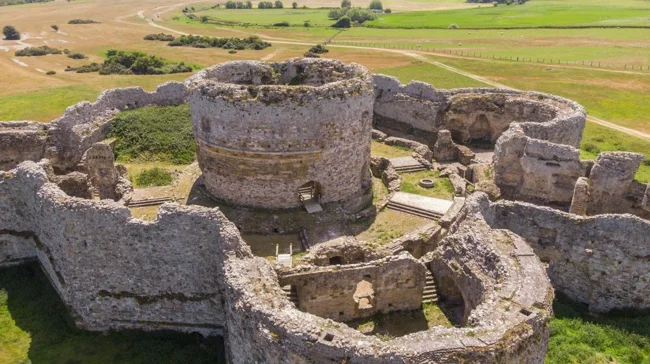
The French raid of 1545 was perhaps the only time the castle was used for its original purpose. Charles I approved its demolition, but it never happened. It remained in relatively usable condition until the English Civil War, when ironically the forces of Parliament partially dismantled it to prevent it from being used by the king's supporters.
Camber Castle became state property in 1967 and is now protected by the government. The area around the castle is a nature reserve. Today, little remains of its former grandeur. However, it remains a fine example of Renaissance ingenuity, combining new technology with medieval-style fortifications. 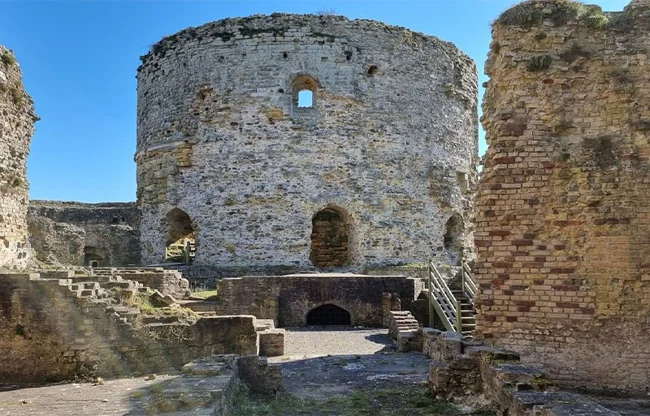
It is also a testament to the unpredictability and wildness of nature. Situated within a nature reserve, the castle is a great place to watch seabirds, marsh plants and butterflies.



